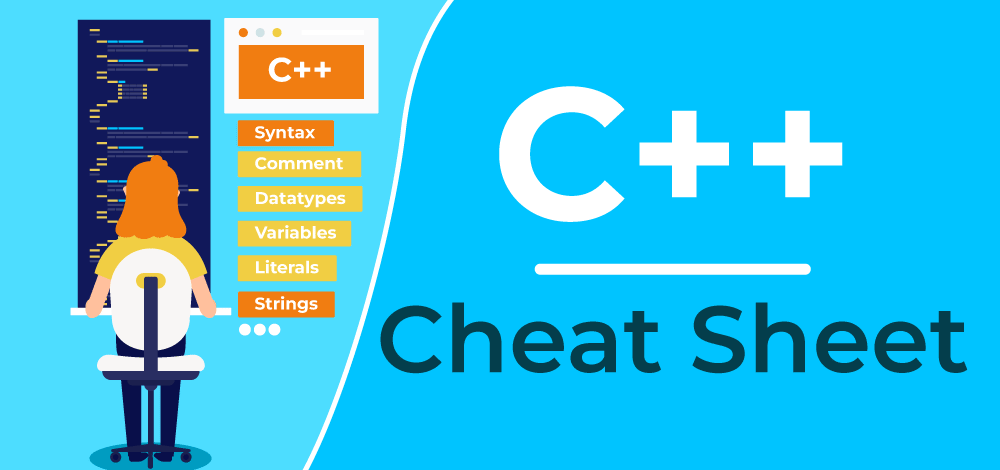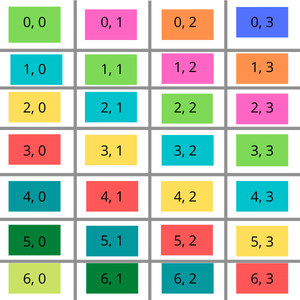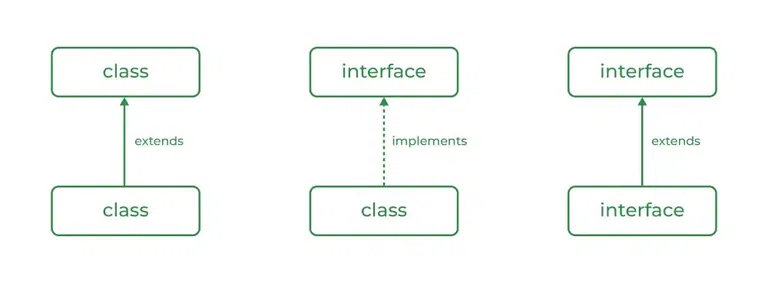
Python String Manipulation: How to Split and Join Strings (with Examples)
Do you need to manipulate strings in Python? Learn how to effectively split strings into smaller parts and join them back together using the split() and join() methods. This guide provides clear examples and explanations to help you master these essential string operations.
Why Splitting and Joining Strings Matters
Splitting and joining strings are fundamental skills in Python programming. They enable you to:
- Parse data from files or APIs.
- Format strings for output.
- Process text and perform data analysis.
- Build dynamic and flexible applications.
Splitting Strings: Breaking it Down
Splitting a string allows you to work with individual components of the original string. Python offers several ways to achieve this.
Method 1: string.split()
The split() method divides a string into a list of substrings based on a delimiter. By default, it splits on whitespace.
Output:
['Hello,', 'how', 'are', 'you?']
You can also specify a delimiter:
Output:
['Geeks', 'for', 'Geeks']
Method 2: string.splitlines()
The splitlines() method splits a string at line breaks, returning a list of lines. This is particularly useful when dealing with multi-line strings.
Output:
['Geeks', 'for', 'Geeks']
Joining Strings: Putting it Together
Joining is the reverse of splitting: it combines a list of strings into a single string, typically with a delimiter.
Method 1: join() Method
The join() method is the most efficient way to concatenate a list of strings. You specify the delimiter on the string you are calling the join method on, and pass the list you want to join as an argument.
Output:
Geeks for Geeks
Method 2: For Loop (Less Efficient)
While less efficient, a for loop can also be used to join strings manually. This method is suitable when you need more control over the joining process.
Output:
Geeks for Geeks
Real-World Applications
- Data Parsing: Splitting data read from files or databases and joining results back together.
- URL Manipulation: Modifying URL components.
- Text Processing: Analyzing sentences and words.
- Command-Line Arguments: Parsing command-line inputs.
Conclusion
Mastering string splitting and joining in Python gives you powerful tools for data manipulation and text processing. By using the split() and join() methods effectively, you can write cleaner, more efficient, and more flexible code.





-method.png)

